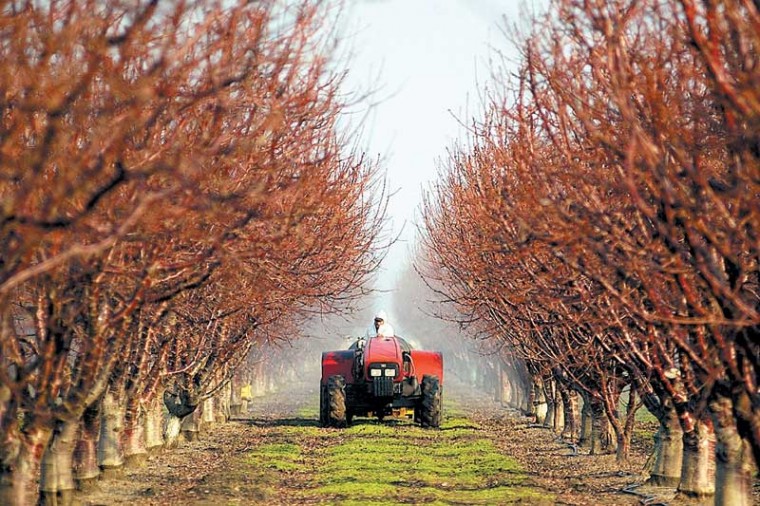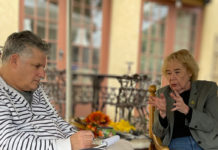Hollister
– Although San Benito County cherry orchards have gone without
the typical winter rains that recharge ground water, growers hope
spring showers don’t arrive at a time that would harm their
delicate crop.
Hollister – Although San Benito County cherry orchards have gone without the typical winter rains that recharge ground water, growers hope spring showers don’t arrive at a time that would harm their delicate crop.
The cherry is San Benito’s most intensive crop, requiring more care, a diverse range of weather and a small window for harvest time due to market pressures, said Bill Coates, a farm adviser with the University of California Cooperative Extension.
If chilly, rainy weather delays the spring bloom, or if rain hits when the trees are in bloom and bees are supposed to be pollinating, the cherry crop could be in jeopardy.
“There’s less margin of safety with cherries than with other crops,” Coates said.
With competing market pressures, a late bloom could cost the county its most valuable fruit tree crop. Cherries brought in about $4.9 million last year, according to the San Benito County Agriculture Commissioner’s office.
Cherry trees require between 700 and 1,000 hours of chill time, time below 45 degrees, Coates said. With 858 hours of chill time in San Benito County as of Sunday, cherry trees have gotten their fill, according to Coates.
And as temperatures warm, cherry growers are entering their busy season, with the bloom expected in mid-March, and growing season running from April until harvest in mid-June, Coates said.
Due to unusually dry weather in December and January and so far this month, growers may have to begin irrigating their orchards early to recharge ground water for cherry trees’ shallow root systems and leach out salts, Coates said.
If spring weather turns rainy and keeps the bees from doing their job, the size of the cherry crop could be greatly diminished, Coates said.
Local cherry grower George Rajkovich, who along with his brother, planted their first Hollister cherry trees in 1958, said the cherry harvest in San Benito lasts a mere 10 days and begins in early to mid-June. The Washington harvest lasts an entire month, with the first bushels arriving in California not long after San Benito’s harvest begins.
“Washington is our major competitor,” Rajkovich said. “They come in right in the middle of our season. When the Northwest starts our market goes bad.”
Mark Wright, farm manager for Felice Farms on Fairview Road, recently sprayed 115 acres of cherry trees with a nitrogen compound to shock the resting orchards awake for an earlier bloom.
“You’re hoping you can get them harvested sooner while there’s still a market,” Wright said.
The timing of the bloom allows San Benito’s crop to sneak in between California’s main cherry harvest and the start of Washington’s harvest.
“We try to hit the niche between the end of the Stockton, Lodi market and the beginning of the Washington market,” Coates said.
The staggered growing seasons are good for the industry as a whole, keeping cherries in season for many months, said Dana Branson, administrator for the National Cherry Growers and Industries Foundation.
“We like for California to get in the market and get out,” she said. “It’s good for everybody.”
Michael Van Cassell covers public safety for the Free Lance. He can be reached at 831-637-5566 ext. 335 or mv*********@fr***********.com.








